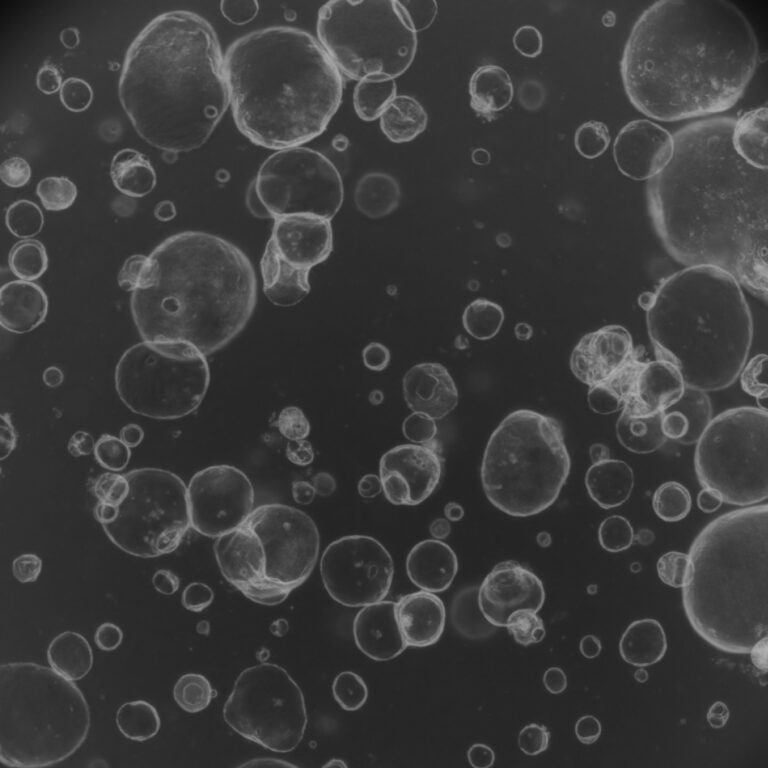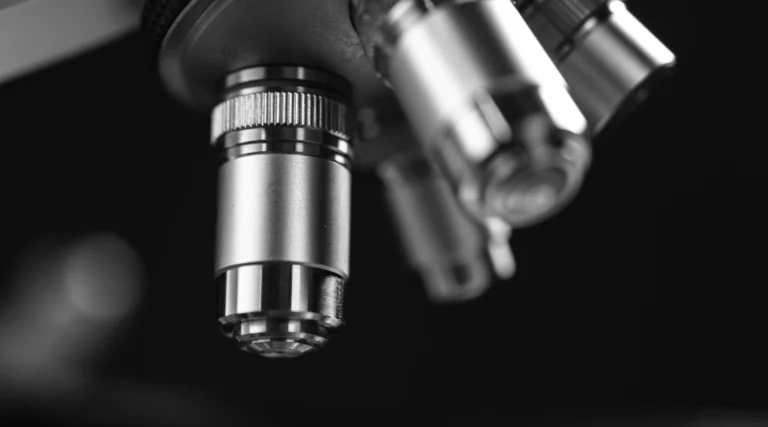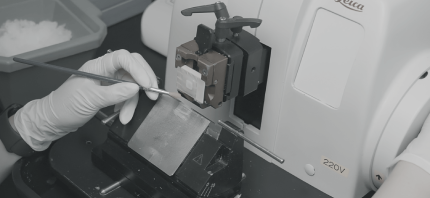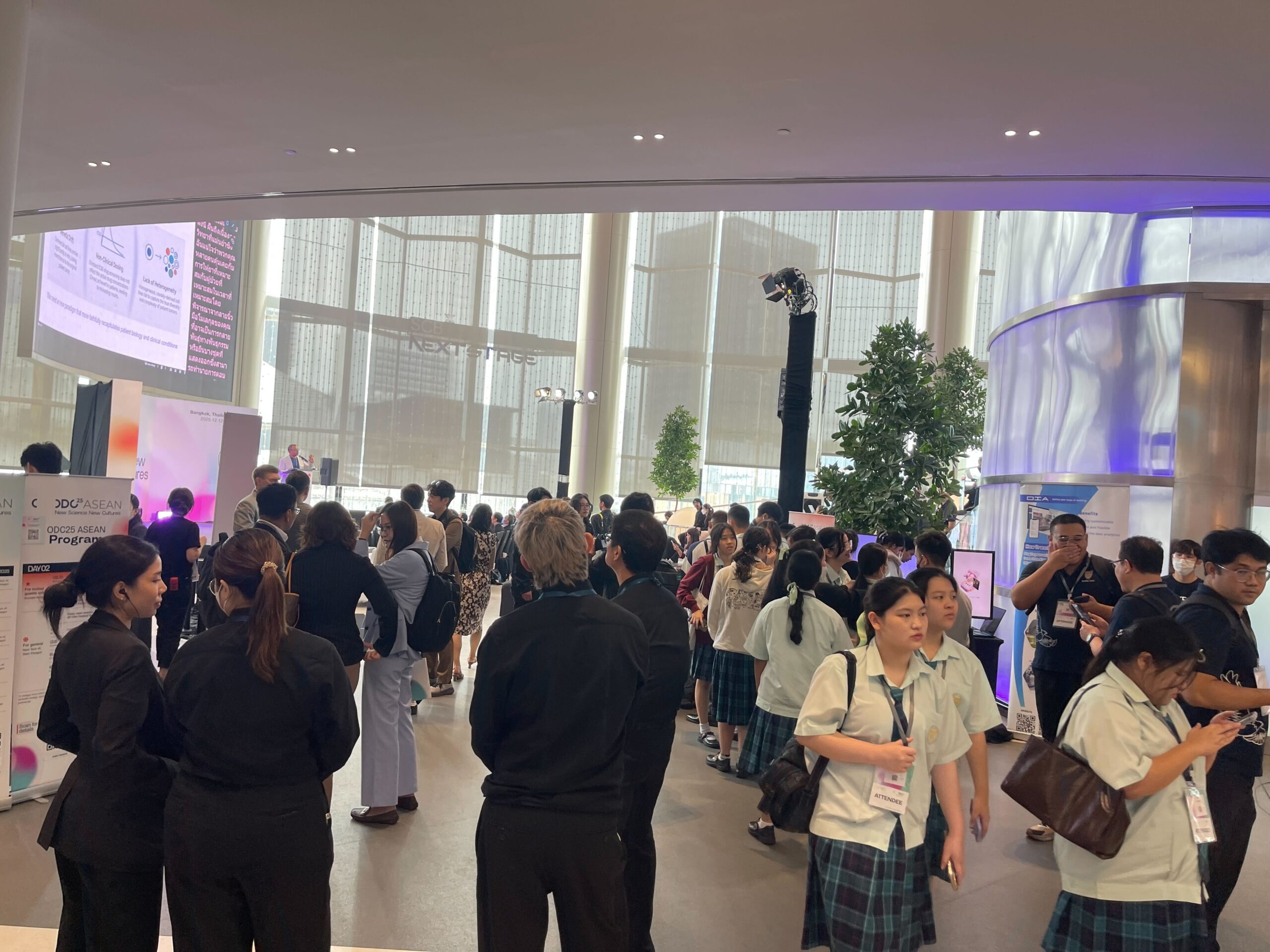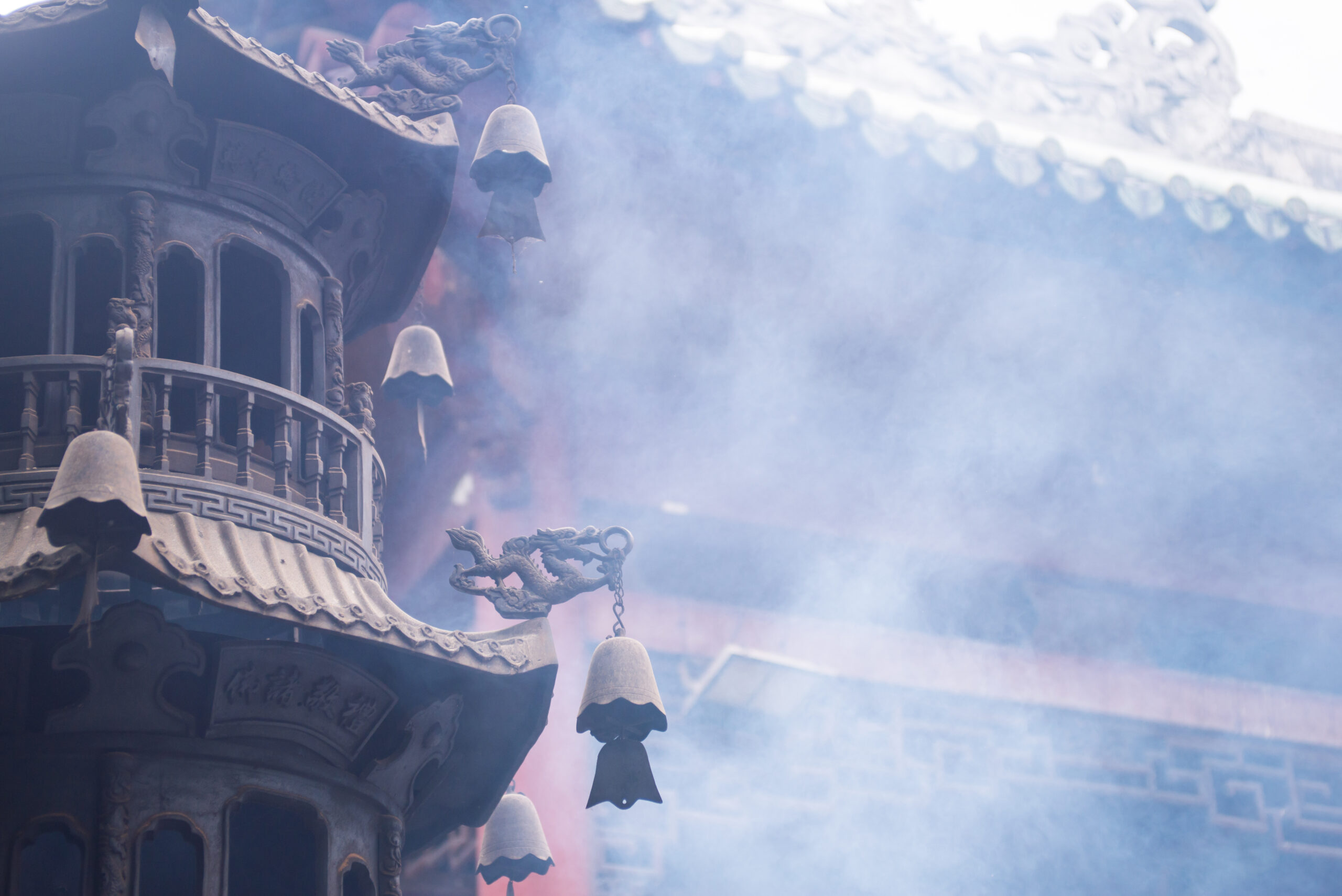At Paris Couture Week in July 2025, model Stella Maxwell wore a dress containing 125 million living bioluminescent algae. As she moved, the organisms emitted an ethereal blue glow – transforming haute couture into living art.
Dutch designer Iris van Herpen collaborated with biodesigner Chris Bellamy to create this groundbreaking piece using Pyrocystis lunula, crescent-shaped algae that naturally glow when disturbed. The project required four months of prototypes at the University of Amsterdam, developing a nutrient gel firm enough to sew yet fluid enough to keep cells alive. Maintaining viable algae proved challenging – Bellamy commissioned a custom climatic chamber to control temperature and humidity during heat waves approaching 100 degrees. Working with living organisms demands rigorous biosafety protocols. Bioluminescent bacteria like Vibrio fischeri are classified as BSL-1 (lowest risk), requiring protective equipment, proper waste disposal, and temperature control below 80°F to prevent protein denaturation.
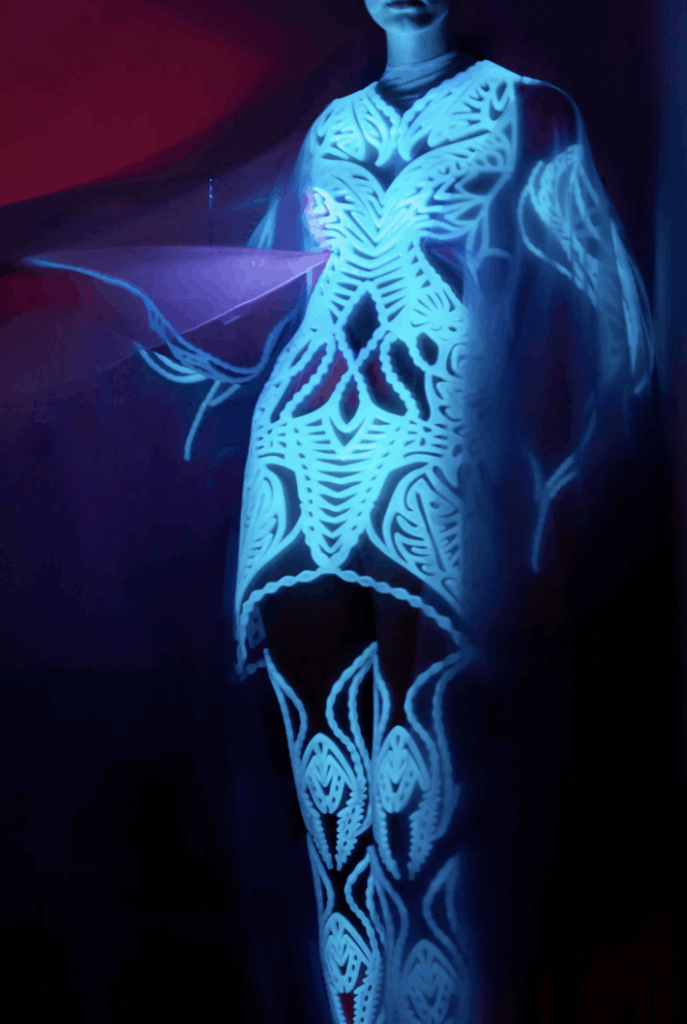
Photo: Vogue. Molly SJ Lowe/ Courtesy of Iris Van Herpen
Beyond fashion, artists worldwide create interactive installations. Daan Roosegaarde’s GLOWING NATURE features floor-responsive algae, while Zoë Breed’s Algae Alight enables real-time interaction with microalgae. These collaborations between scientists and artists illuminate new possibilities – where we cultivate rather than manufacture, dissolving boundaries between the made and the living.
Read more:
- It’s Alive! Iris Van Herpen’s Latest Innovation? A Dress Made From 125 Million Bioluminescent Algae
- 3D Printing the Beating Heart
- Beyond organoid: Good, bad, and ugly microbes | Insights from ODC25
